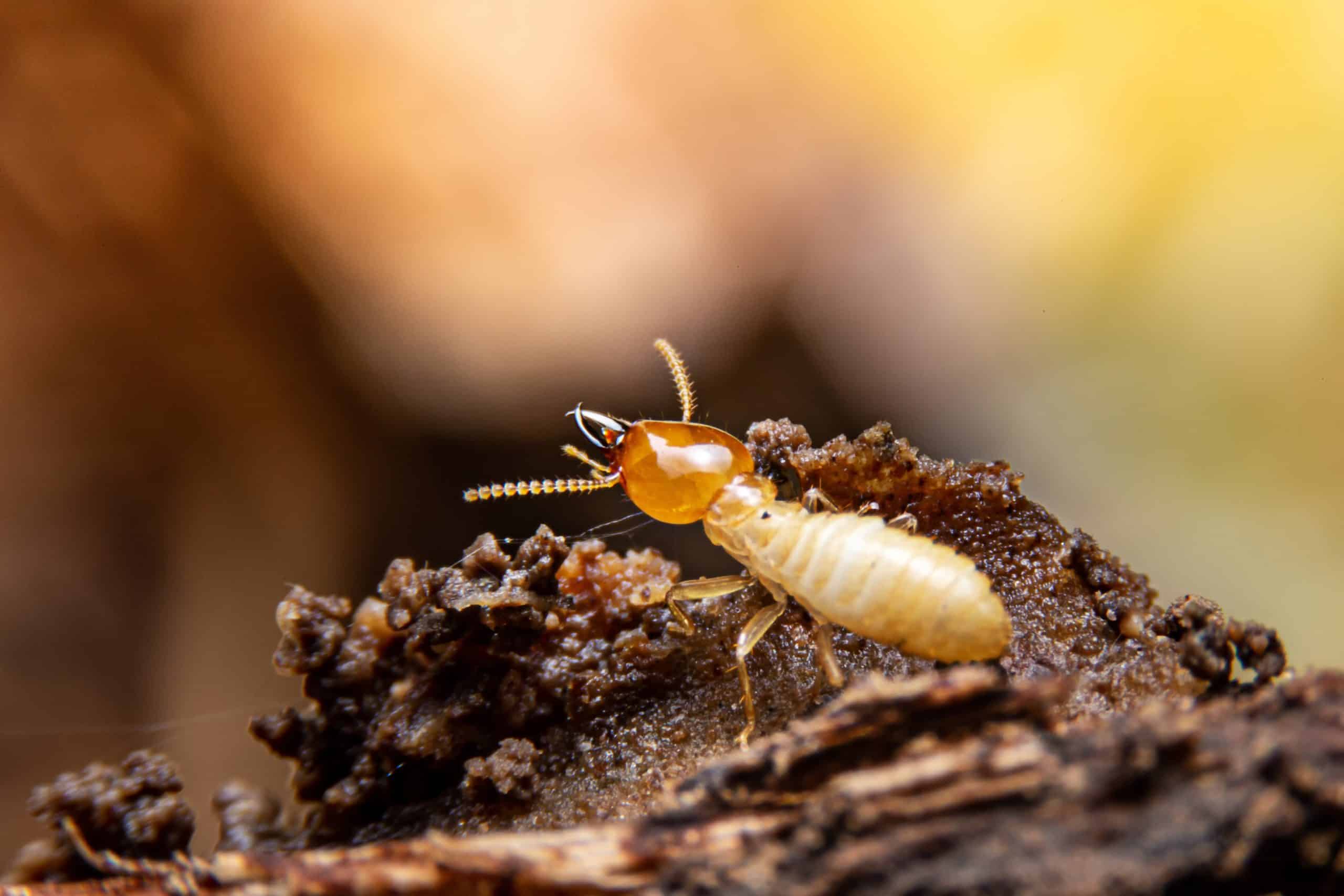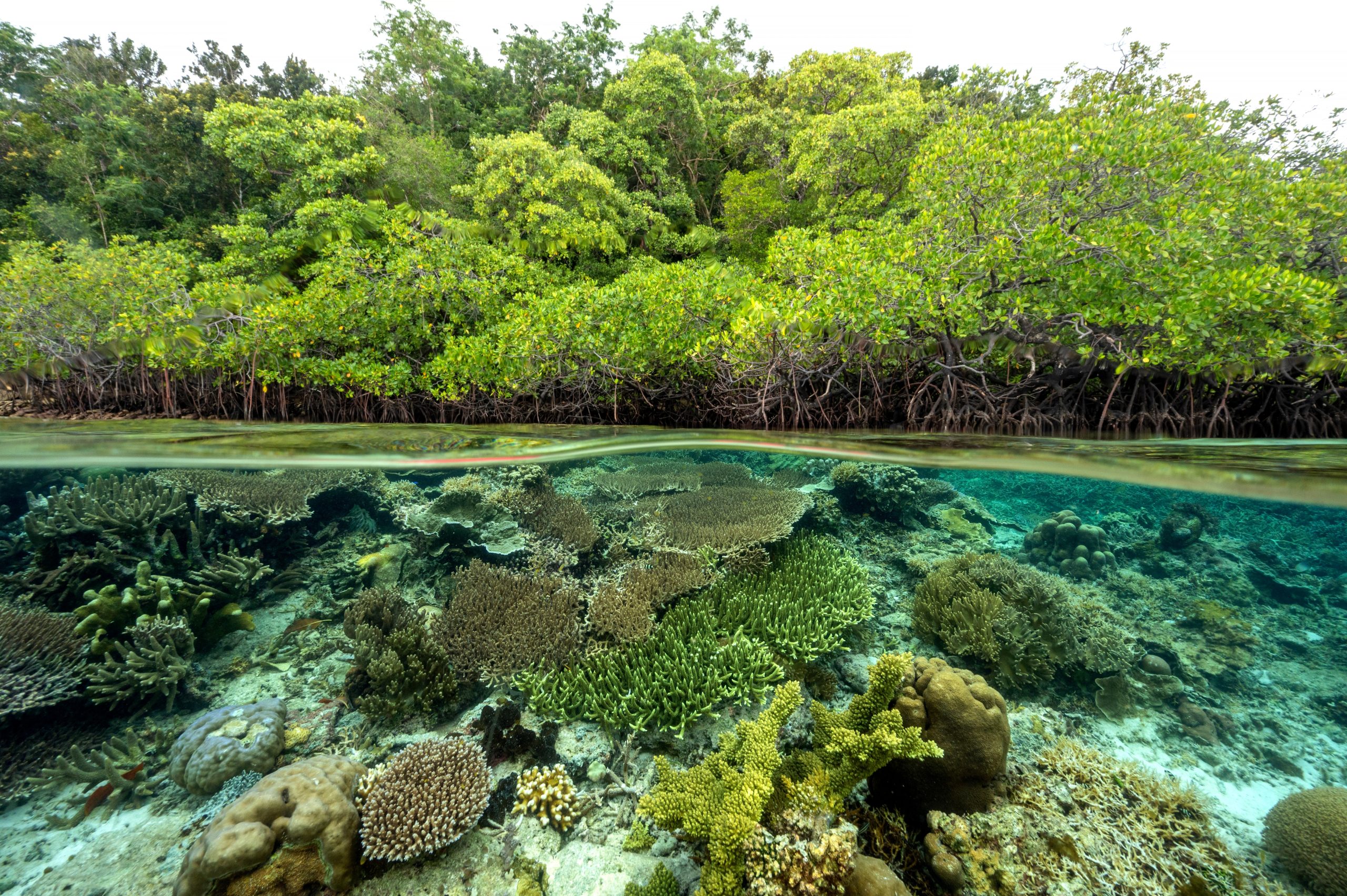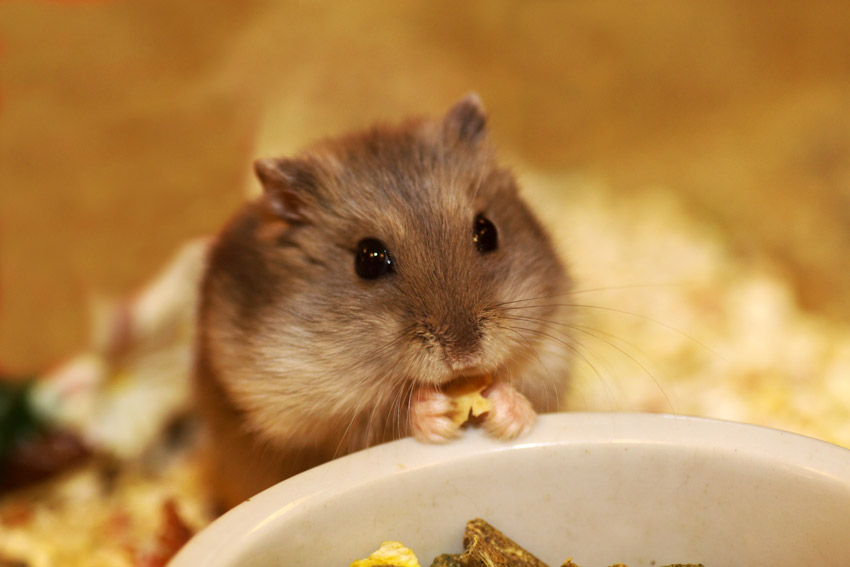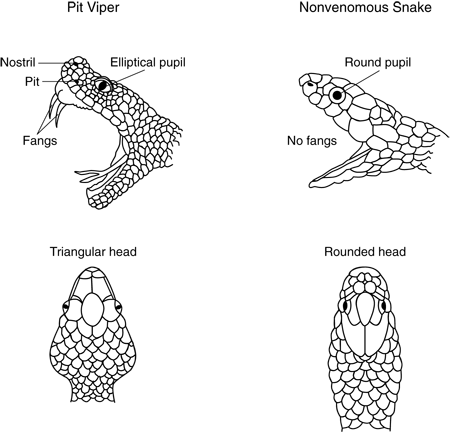Miniature Pomeranian (Minipom) memiliki gaya hidup yang aktif dan ceria, yang memerlukan berbagai aktivitas dan permainan untuk menjaga mereka tetap bahagia dan sehat. Berikut adalah beberapa aktivitas dan permainan yang Minipom suka lakukan.
Pertama, Minipom menikmati berjalan-jalan singkat. Meskipun berukuran kecil, mereka memiliki energi yang melimpah dan suka menjelajahi lingkungan sekitar. Ajak mereka berjalan-jalan di sekitar lingkungan rumah atau taman untuk memberikan stimulasi fisik dan mental yang mereka butuhkan.
Kedua, bermain tarik tambang menjadi salah satu favorit mereka. Gunakan mainan tali atau boneka kecil untuk mengajak Minipom bermain tarik tambang. Permainan ini tidak hanya menyenangkan tetapi juga membantu memperkuat otot-otot mereka.
Ketiga, Minipom suka bermain lempar tangkap. Gunakan bola kecil atau mainan lembut dan ajak mereka bermain di dalam atau di luar rumah. Aktivitas ini melatih kelincahan dan koordinasi mereka, sambil memberikan kesempatan untuk berolahraga.
Keempat, stimulasi mental melalui permainan puzzle sangat bermanfaat bagi Minipom. Berikan mainan puzzle yang mengharuskan mereka mencari camilan tersembunyi. Permainan ini menantang dan mengasah kecerdasan mereka, serta mengurangi kebosanan.
Kelima, Minipom senang belajar trik baru. Latih mereka dengan perintah sederhana seperti “duduk,” “berputar,” atau “beri salam.” Selain meningkatkan keterampilan mereka, latihan ini juga memperkuat ikatan antara Anda dan Minipom.
Terakhir, jangan lupa memberikan waktu untuk beristirahat dan memeluk. Minipom adalah anjing yang penuh kasih sayang dan menikmati momen bersantai di pangkuan pemiliknya setelah seharian beraktivitas.
Dengan menyediakan berbagai aktivitas dan permainan yang sesuai, Anda dapat memastikan Minipom Anda menikmati gaya hidup yang seimbang dan menyenangkan. Kehidupan yang aktif dan penuh perhatian akan membuat mereka tetap sehat, bahagia, dan menjadi sahabat yang setia.




